Magnolias are known for their stunning blossoms and gentle fragrance, bringing a touch of elegance to any garden.
Growing these beautiful trees requires understanding their unique needs. In this guide, we’ll explore 10 essential tips to help you cultivate and maintain healthy, vibrant magnolias that will thrive and captivate.
1. Choose the Right Location
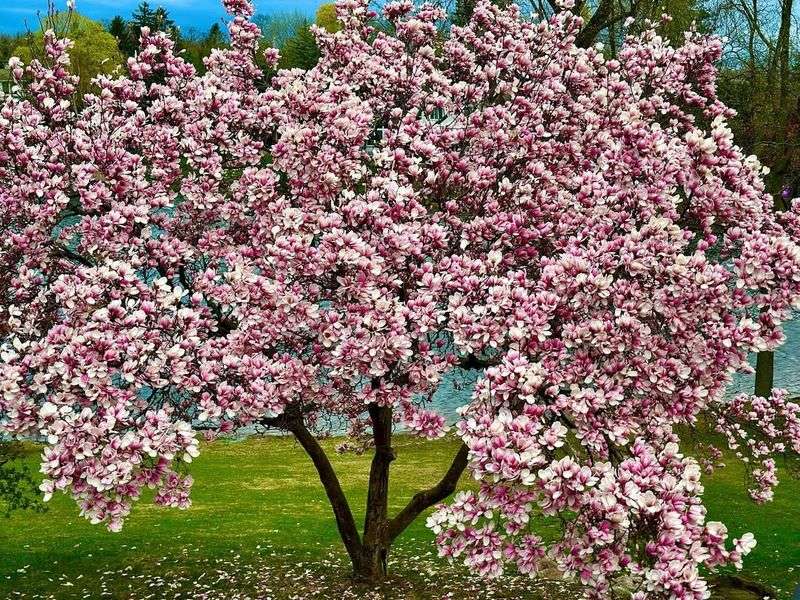
Magnolias flourish when planted in locations that offer partial shade and ample space. Ensure the area provides good air circulation to prevent diseases.
Avoid overly windy spots, as they can damage delicate blossoms. The right location sets the foundation for healthy growth and charming blooms.
2. Soil Preparation

Prepare the soil by enriching it with organic matter to enhance drainage and fertility. Magnolias prefer slightly acidic, well-draining soil that retains moisture without becoming waterlogged.
Proper soil preparation fosters root health, enabling the tree to absorb nutrients effectively for robust growth.
3. Watering Practices

Establish a watering routine that keeps the soil consistently moist but not saturated. Magnolias benefit from deep, infrequent watering rather than frequent, shallow watering.
This approach encourages strong root development, vital for withstanding dry spells and supporting the tree’s overall health.
4. Mulching Benefits
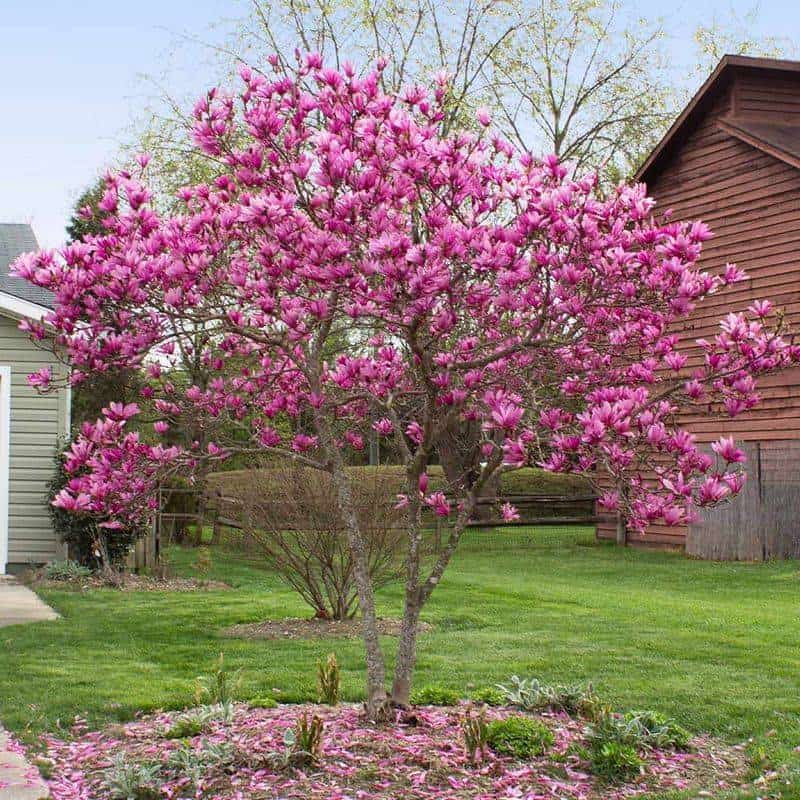
Apply organic mulch around the base of your magnolia to conserve soil moisture and regulate temperature.
Mulch also suppresses weeds and enriches the soil as it decomposes. Ensure the mulch is not piled against the trunk to prevent rot, allowing the tree to breathe and thrive.
5. Pruning Techniques
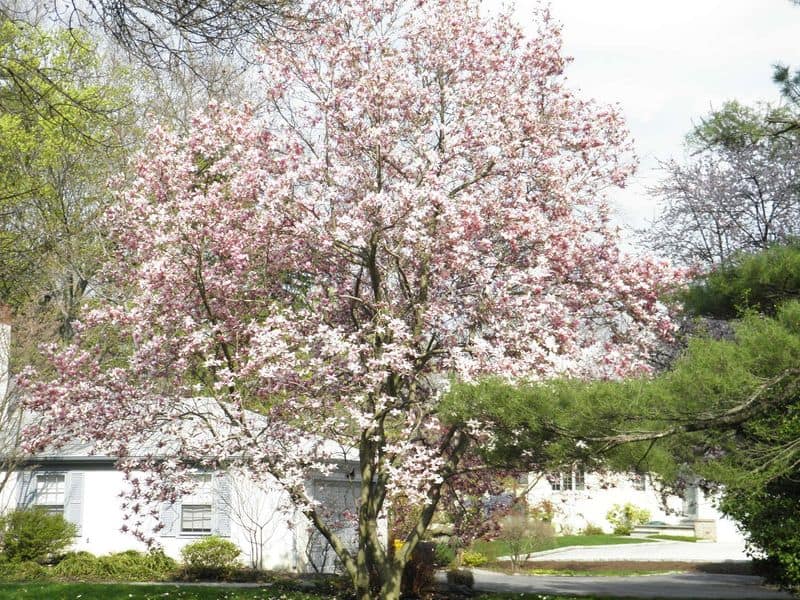
Prune magnolias to maintain shape and remove dead or damaged branches. Conduct pruning in late winter or early spring before new growth begins.
This timing minimizes stress on the tree and promotes healthy, vigorous blooms. Effective pruning enhances the tree’s aesthetic appeal.
6. Fertilization Schedule
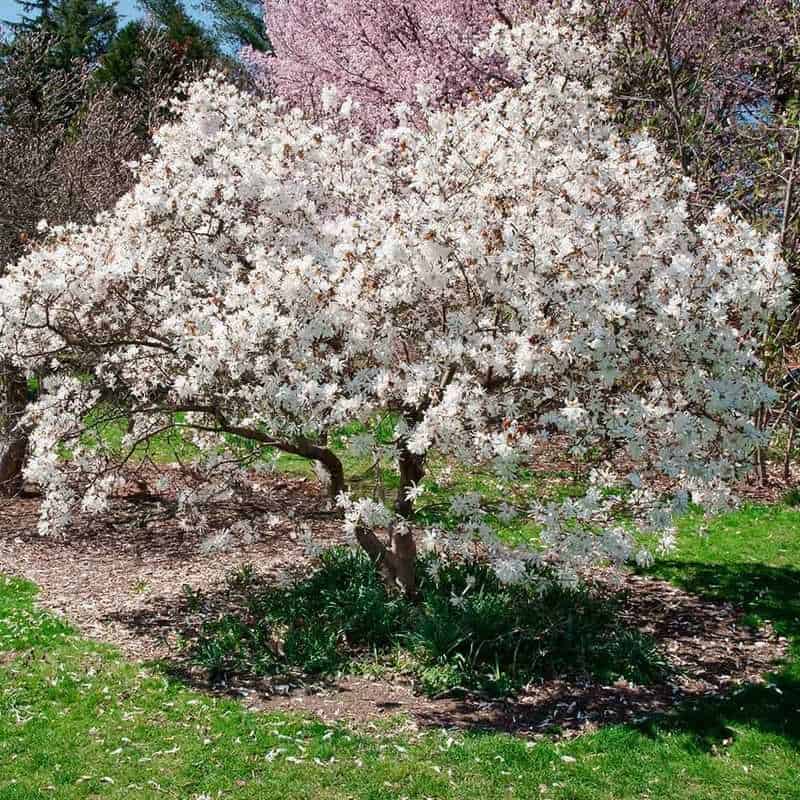
Fertilize your magnolia with a balanced, slow-release fertilizer in early spring. Avoid over-fertilizing, as it can lead to excessive foliage growth at the expense of blooms.
A proper fertilization schedule nourishes the tree, encouraging lush, vibrant flowers and robust overall health.
7. Pest and Disease Management
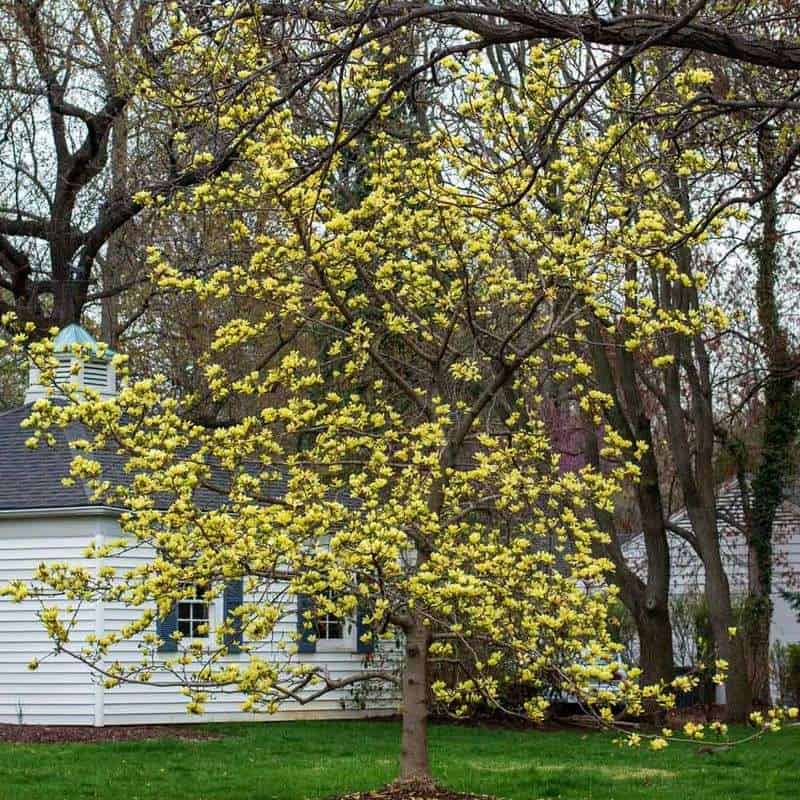
Monitor your magnolia for signs of pests and diseases, such as leaf spots or insect infestations. Promptly address issues using organic treatments or horticultural oils.
Regular inspections and timely interventions ensure your tree remains healthy, preserving its beauty and longevity.
8. Weather Protection

Protect magnolias from harsh weather conditions, such as strong winds or late frosts, by using windbreaks or temporary covers.
These measures help prevent damage to blossoms and foliage. Ensuring your magnolia is shielded from adverse elements is crucial for maintaining its beauty.
9. Propagation Methods

Propagate magnolias through cuttings or seeds to expand your garden. Cuttings are typically taken in summer, while seeds require stratification.
Each method has its challenges and rewards, offering an opportunity to cultivate new trees and broaden your magnolia collection.
10. Seasonal Care Tips
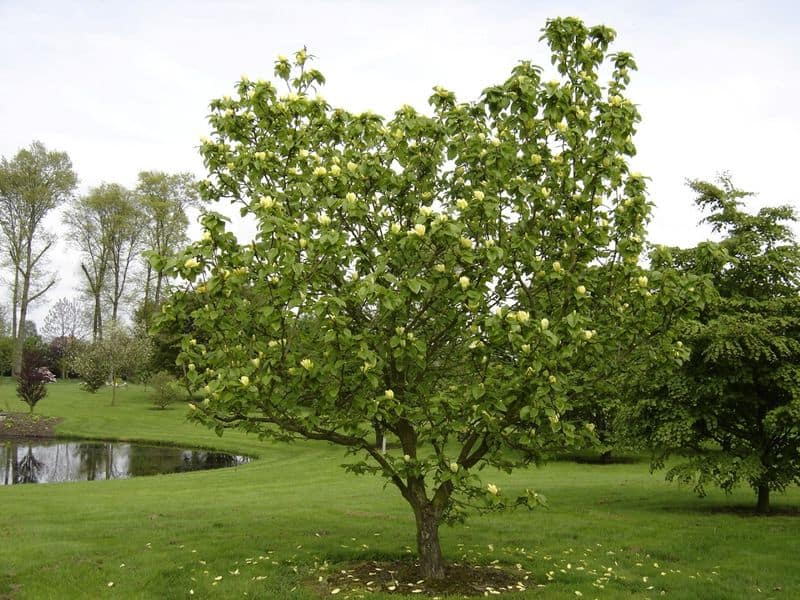
Tailor your magnolia care routine to the changing seasons. From winter protection to summer watering, each season presents unique challenges and opportunities.
Adapting your approach ensures your magnolia stays healthy year-round, rewarding you with enchanting blooms and lush foliage.

